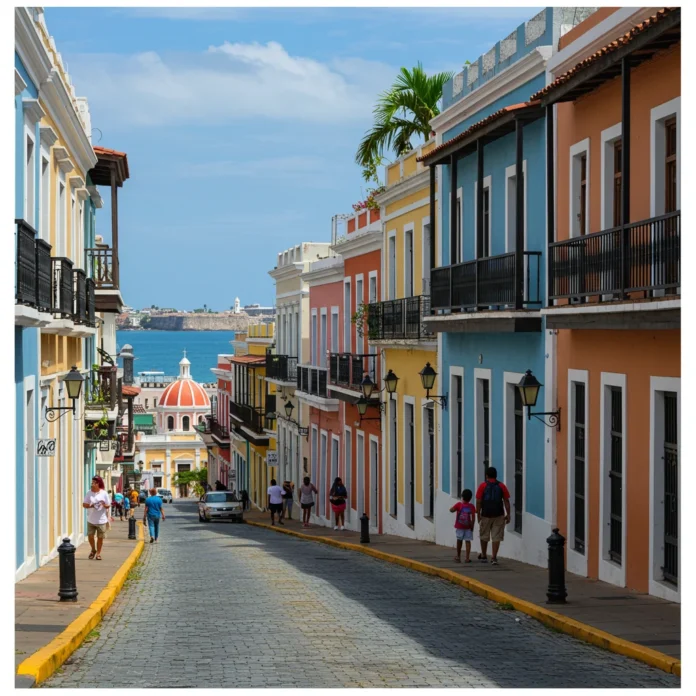Introduction: Why Puerto Rico’s Architecture is Unique
Puerto Rico stands apart for its architecture, a vibrant expression of the island’s layered history and diverse cultural influences. The moment we set foot in any Puerto Rican city, we are greeted by a landscape where ancient fortresses, pastel-colored colonial homes, and modern skyscrapers coexist in harmony. The result is an immersive atmosphere that appeals to all our senses — from the echo of footsteps on cobblestones to the play of sunlight on ornate facades.
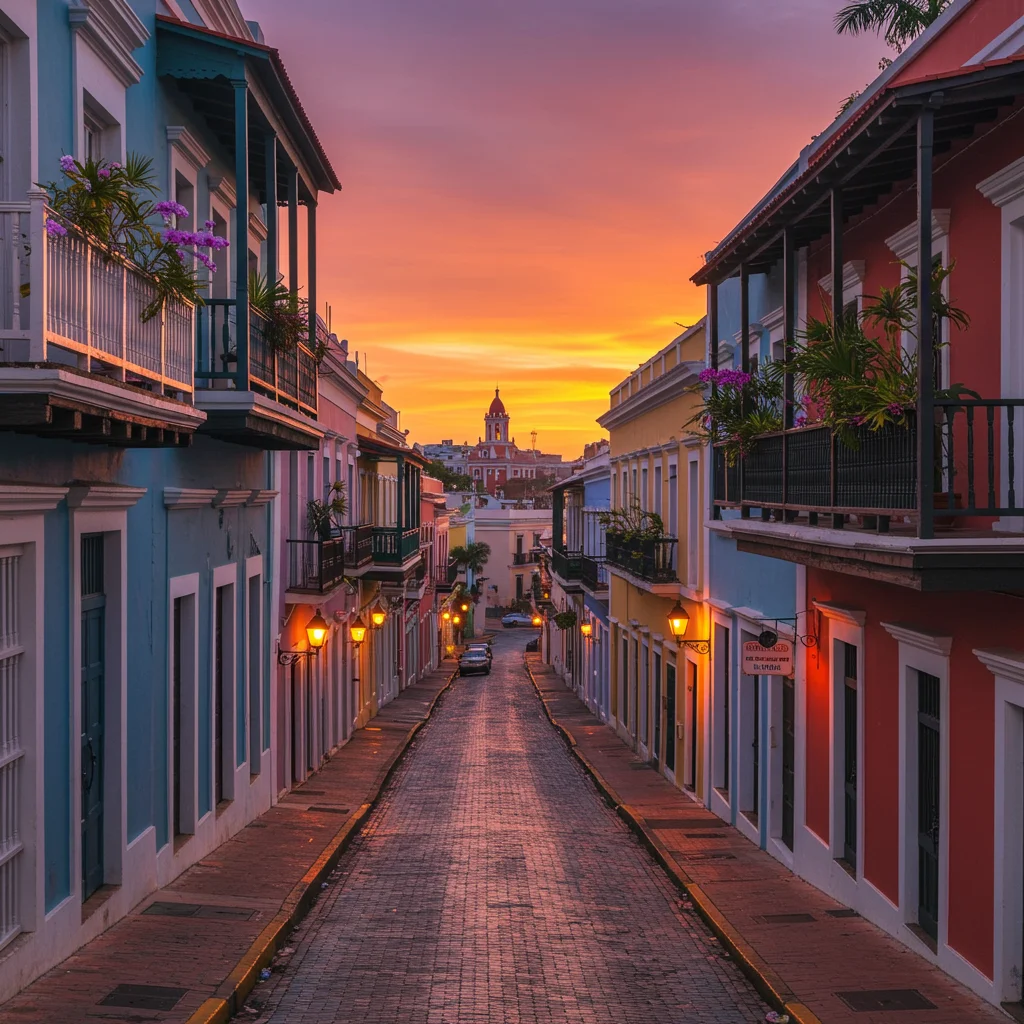
This architectural richness not only defines Puerto Rico’s visual identity but also tells the story of its people, their resilience, and their creativity. Let us examine the elements that make Puerto Rican architecture so distinctive and worthy of celebration.
What Defines Puerto Rican Architecture?
When we ask what truly defines Puerto Rican architecture, we find that it is a living tapestry woven from indigenous, European, African, and North American threads. The island’s buildings display a remarkable adaptability, shaped by climate, available materials, and centuries of changing rule.
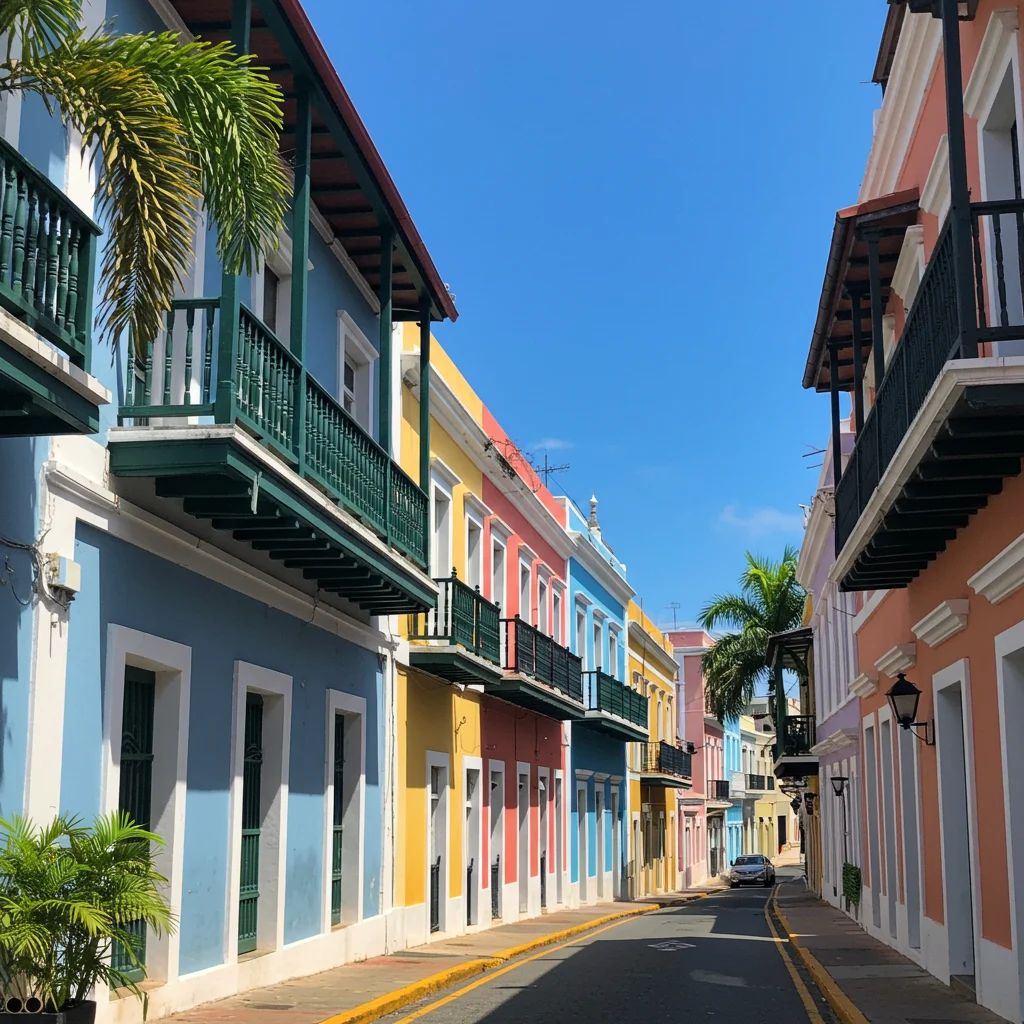
It is this fusion of styles and practical ingenuity that distinguishes Puerto Rico’s built environment from that of any other Caribbean destination. The result is a sense of place that is both instantly recognizable and endlessly intriguing.
A Brief History of Architecture in Puerto Rico
Understanding the evolution of architecture in Puerto Rico requires a look at the eras that have left their mark on the island’s landscape. Each period brought new ideas, materials, and building techniques, resulting in the eclectic mix we see today.
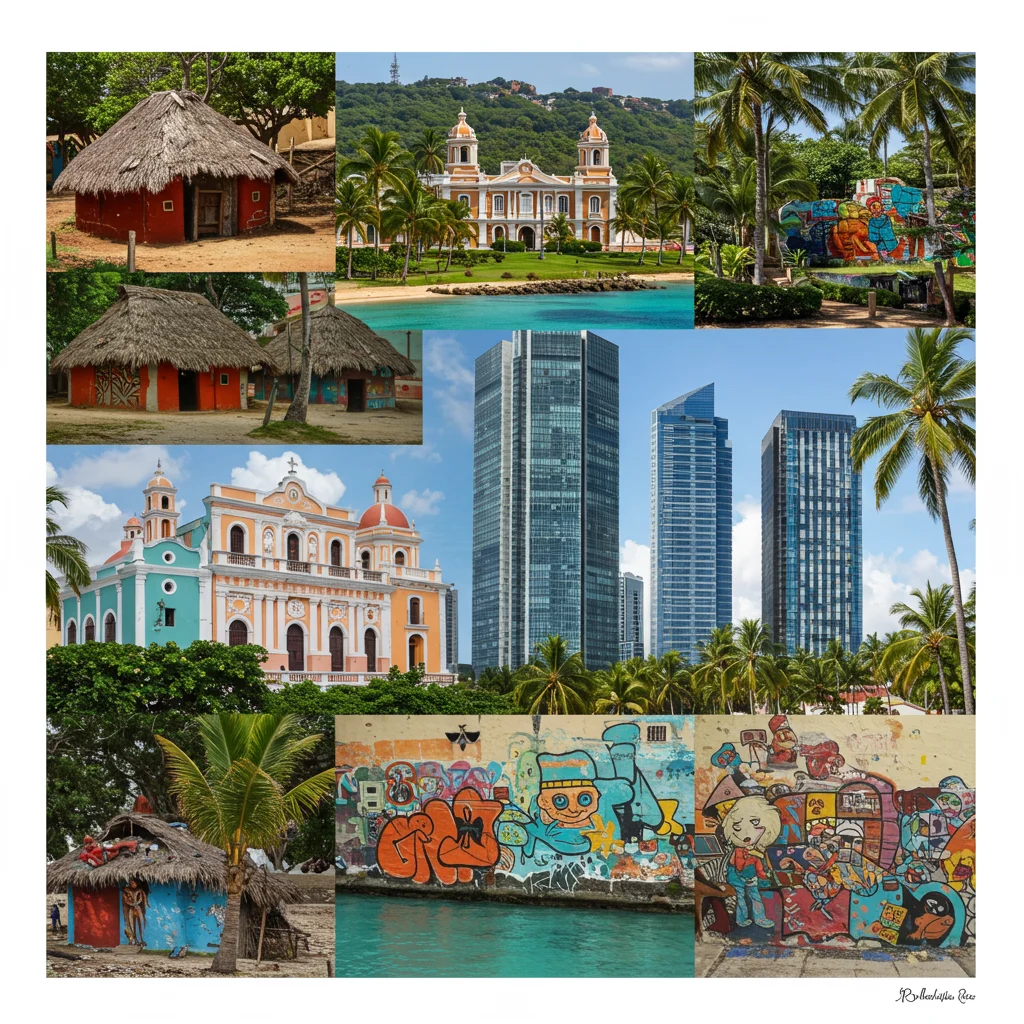
Pre-Colonial Taíno Influences
Long before European contact, the Taíno people built circular bohíos and rectangular caneyes using palm, wood, and thatch. These structures were designed for cross-ventilation and to withstand tropical storms, reflecting a deep understanding of the island’s environment.
Spanish Colonial Era: Foundations of Style
The arrival of the Spanish in the early 16th century initiated a dramatic transformation. Massive stone fortresses, ornate churches, and grid-planned towns began to dot the landscape. Thick masonry walls, inner courtyards, and arched arcades became hallmarks of the Spanish colonial style.
American Period and Modernization
After 1898, American rule introduced new architectural trends and construction technologies. Art Deco, Neoclassical, and Modernist influences began to appear, particularly in civic buildings and urban developments. During this period, reinforced concrete and steel became common, enabling new forms and larger structures.
Contemporary Trends in Puerto Rican Architecture
Today, Puerto Rican architecture continues to evolve. Contemporary designers experiment with sustainable materials, minimalist forms, and innovative responses to climate challenges, all while honoring the island’s historical legacy.
Key Architectural Styles Found in Puerto Rico
The island’s built environment is a showcase of diverse architectural styles, each telling its own story. By examining these styles, we gain deeper insight into Puerto Rico’s cultural heritage and aesthetic sensibilities.
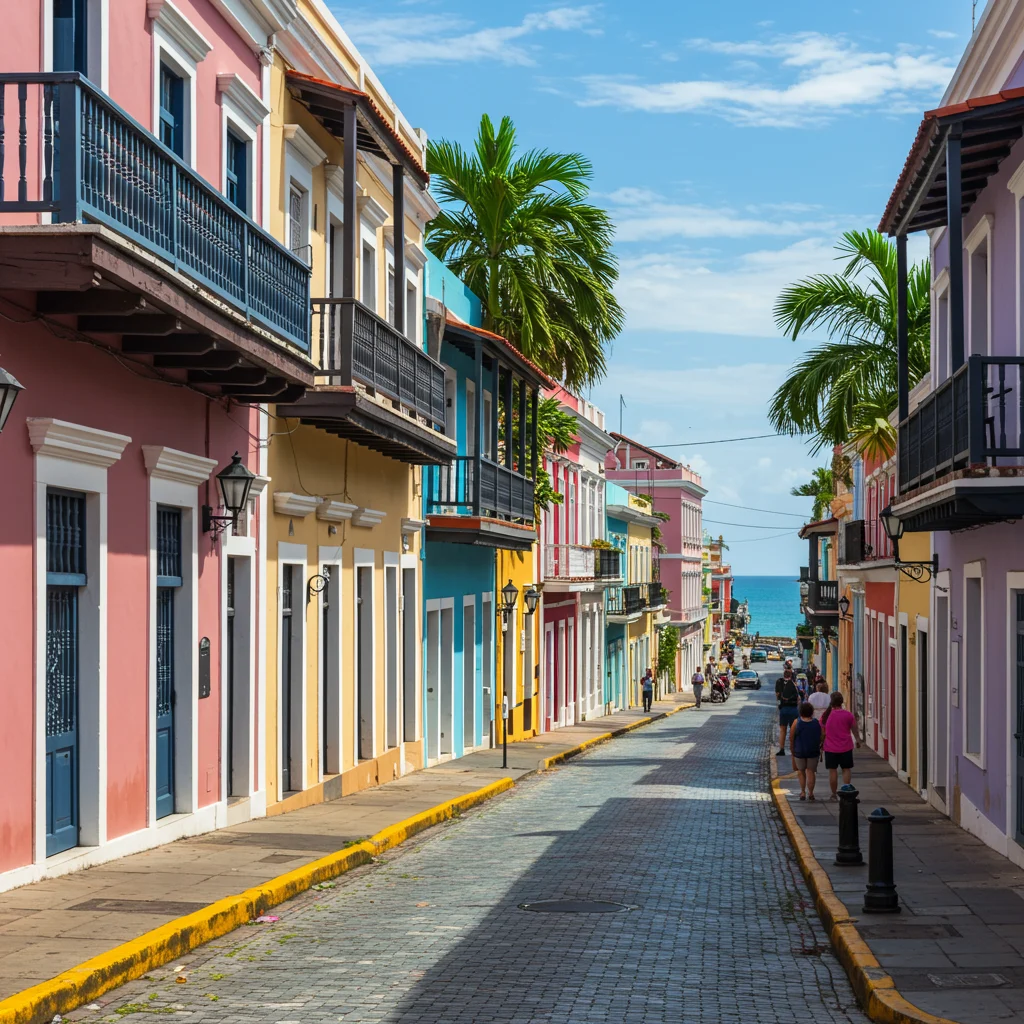
Spanish Colonial Architecture
Characterized by thick stucco walls, red-tiled roofs, and shaded courtyards, Spanish colonial buildings dominate the historic cores of cities like Old San Juan. These structures were designed for defense and comfort in the tropical climate.
Neoclassical and Baroque Elements
Neoclassical symmetry and Baroque ornamentation appear in the facades of many churches and government buildings. Columns, cornices, and elaborate stonework reflect the influence of European tastes imported during the 18th and 19th centuries.
Art Deco and Modernism
In the early 20th century, Art Deco and Modernist styles brought geometric lines, decorative motifs, and a sense of optimism to urban architecture. These can be seen in theaters, schools, and commercial buildings throughout San Juan and Ponce.
Vernacular Creole Architecture
Puerto Rico’s vernacular architecture is a testament to local ingenuity, blending Spanish traditions with Afro-Caribbean influences. Raised wooden houses with louvered shutters and wraparound verandas are designed for ventilation and shade.
Eclectic and Postmodern Fusions
Recent decades have seen architects mixing elements from different periods, resulting in eclectic and postmodern buildings that surprise and delight. This willingness to innovate while respecting tradition keeps Puerto Rican architecture fresh and relevant.
Iconic Buildings You Must See in Puerto Rico
Puerto Rico is home to a wealth of iconic buildings that stand as landmarks of its architectural narrative. Each structure offers a unique glimpse into the island’s past and present.
![]()
Castillo San Felipe del Morro
This imposing 16th-century fortress guards the entrance to San Juan Bay. Thick stone walls, sweeping views of the Atlantic, and labyrinthine tunnels make El Morro an unforgettable experience for visitors.
Castillo San Cristóbal
As one of the largest fortifications in the Americas, San Cristóbal showcases defensive architecture at its most impressive. Its ramparts, sentry boxes, and underground passages tell stories of battles and sieges.
La Fortaleza
Serving as the official residence of the Governor since the 16th century, La Fortaleza is the oldest executive mansion in continuous use in the Western Hemisphere. Its blue-and-white facade and lush gardens create a striking image.
San Juan Cathedral
The Cathedral of San Juan Bautista is an architectural and spiritual centerpiece. Its elegant arches, stained glass, and centuries-old tombs offer a sense of reverence and tranquility.
Museo de Arte de Puerto Rico
Blending neoclassical grandeur with contemporary additions, the Museo de Arte reflects the island’s commitment to cultural preservation and innovation. Its galleries house a diverse collection of Puerto Rican art.
Teatro Tapia
As one of the oldest theaters in the Americas, Teatro Tapia enchants with its horseshoe-shaped auditorium, gilded details, and vibrant acoustics. The theater hosts performances that celebrate Puerto Rico’s artistic spirit.
Casa Blanca
Built for Ponce de León’s family, Casa Blanca is a whitewashed mansion with lush gardens and cool stone interiors. It offers a glimpse into colonial domestic life and serves as a museum today.
The Magic of Old San Juan’s Colorful Streets
Old San Juan is a living postcard, where every corner reveals new wonders for architecture enthusiasts. The interplay of color, texture, and history creates a sensory feast that lingers in memory.
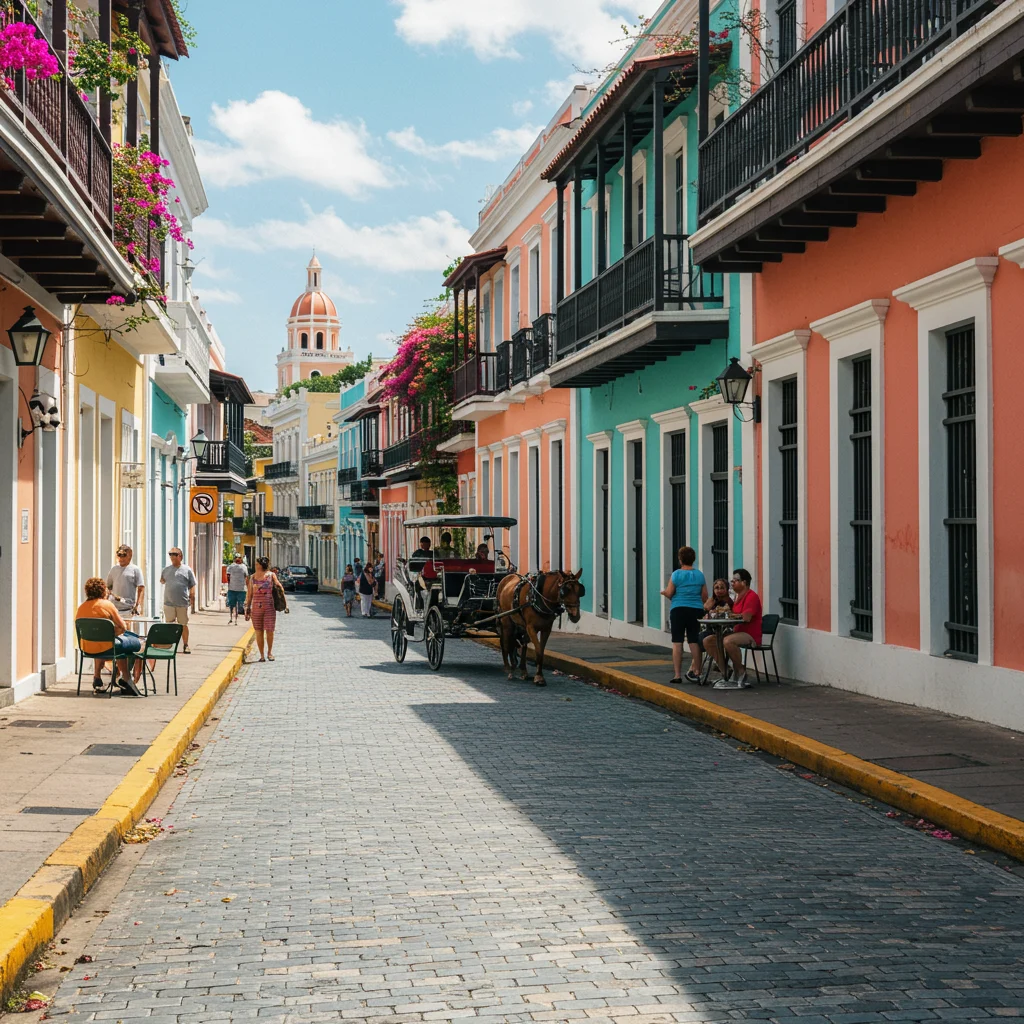
What Makes Old San Juan’s Architecture So Special?
The magic of Old San Juan lies in its preservation and vibrancy. Here, centuries-old buildings are lovingly maintained, and the streets pulse with the energy of daily life. The district’s unique blend of Spanish colonial, neoclassical, and Creole styles forms a cohesive yet dynamic whole.
Cobblestone Streets and Colorful Facades
Strolling along San Juan’s blue-gray cobblestones, we are surrounded by houses painted in every shade imaginable — turquoise, ochre, coral, and jade. The sunlight reflects off these facades, creating a dazzling kaleidoscope that changes with the time of day.
Balconies, Courtyards, and Ironwork
Wrought-iron balconies draped in flowers, shady interior courtyards, and ornate gates invite us to slow down and appreciate the craftsmanship that defines Puerto Rican urban life. These features foster a sense of community and privacy in equal measure.
Preserved Colonial Mansions
Many of Old San Juan’s grandest homes have been transformed into museums, boutique hotels, or cultural centers. Their thick walls and high ceilings provide a respite from the tropical heat, while intricate tilework and carved doors tell stories of the families who once lived within.
For those eager to uncover more about the city’s layered past, we recommend reading about the hidden charm of San Juan excursions, which reveal the stories behind these historic streets.
Churches and Religious Architecture
Religious architecture in Puerto Rico is as diverse as its people. Cathedrals, chapels, and shrines serve as both spiritual centers and architectural landmarks, drawing visitors with their beauty and serenity.
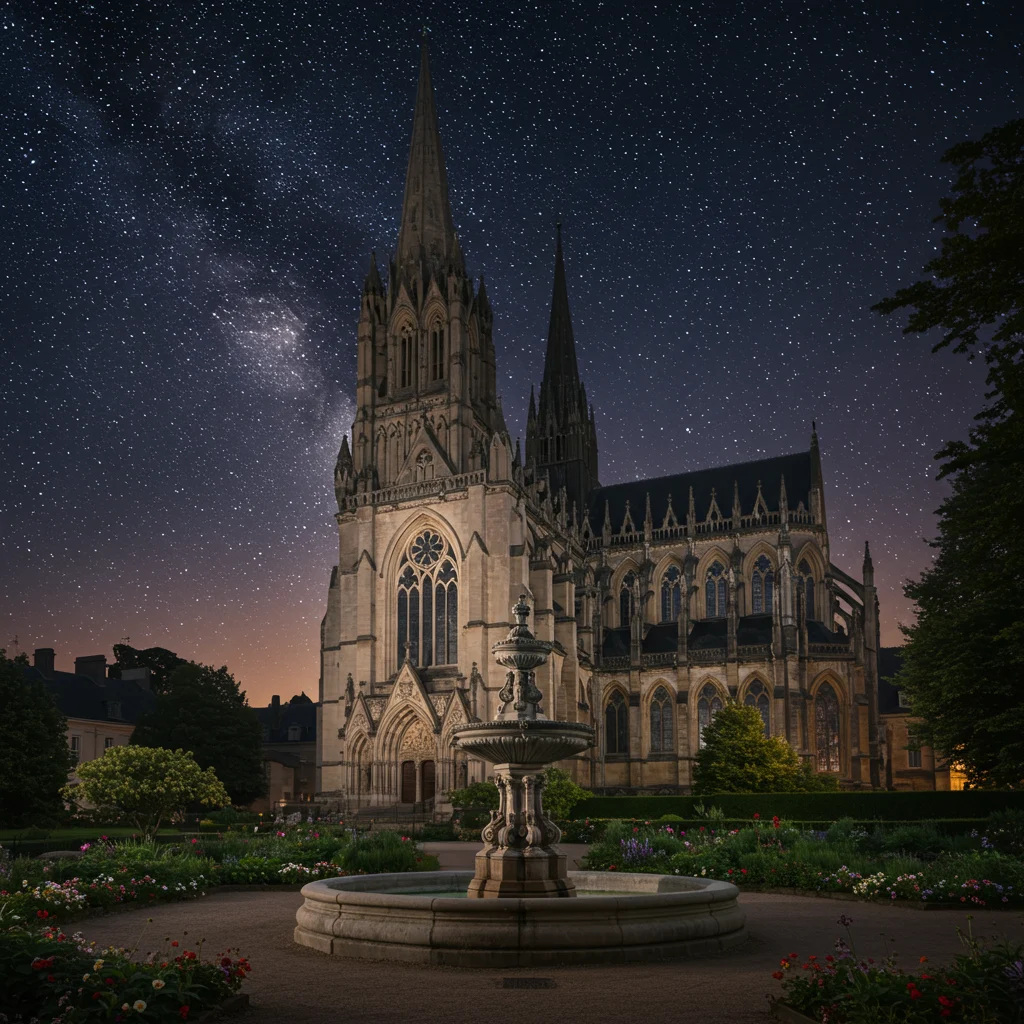
Cathedrals and Chapels: Spiritual Landmarks
From the monumental San Juan Cathedral to the humble countryside chapels, Puerto Rico’s religious buildings are sites of pilgrimage and wonder. Many feature soaring bell towers, frescoed ceilings, and peaceful cloisters.
Architectural Features of Puerto Rican Churches
Typical features include thick masonry walls, barrel-vaulted naves, and intricately carved altars. Stained glass windows cast jewel-toned light across the pews, while courtyards offer quiet spaces for reflection.
Unique Religious Festivals and Their Venues
Throughout the year, churches become the heart of vibrant festivals. Processions, music, and colorful decorations fill these sacred spaces with life, underscoring the deep connection between faith and community.
Fortifications and Military Architecture
The island’s dramatic fortifications are not only feats of engineering but also powerful symbols of resilience. Puerto Rico’s military architecture has withstood centuries of conflict and the relentless forces of wind and sea.
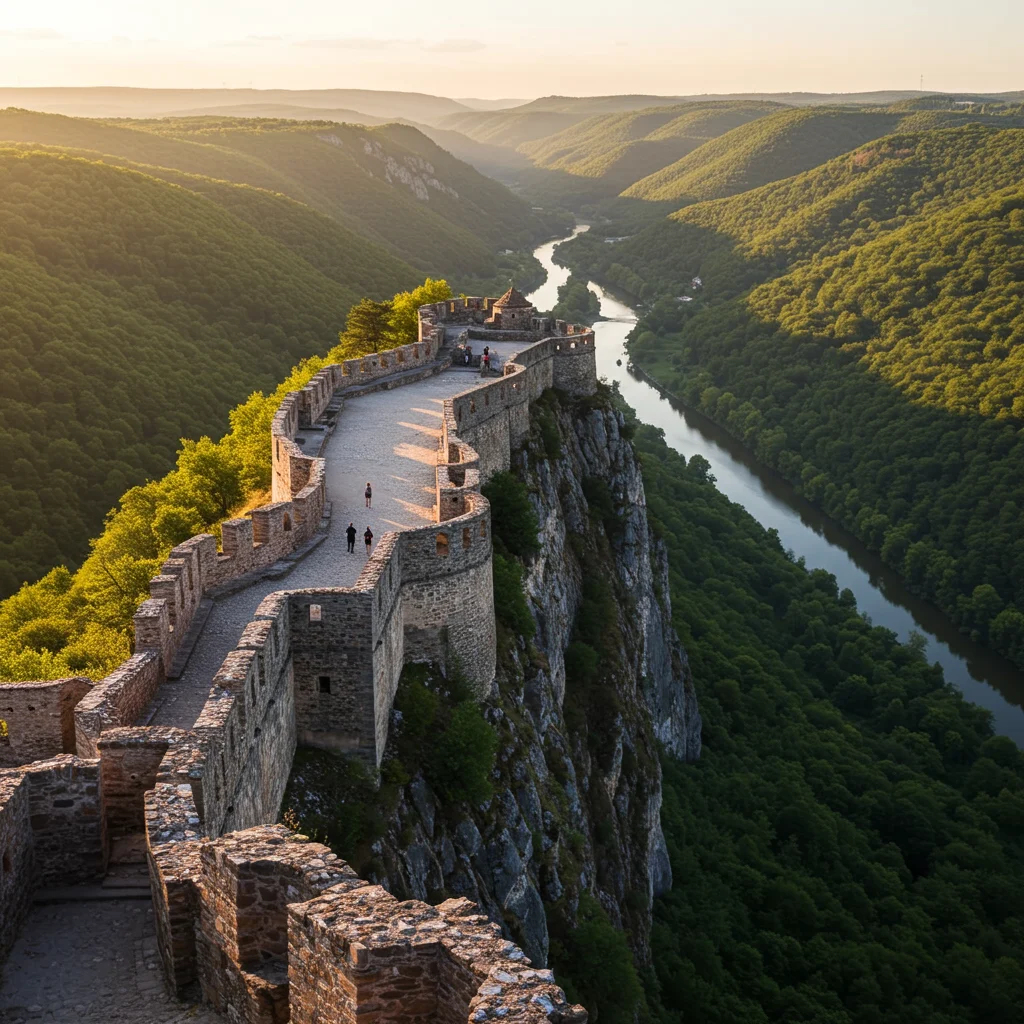
The History of Puerto Rico’s Forts
Spanish engineers constructed a network of forts, walls, and batteries to protect the island from pirates and rival empires. These structures, with their imposing bastions and strategic vantage points, remain some of the most impressive in the Caribbean.
Defensive Design Elements
Thick sloping walls, narrow firing slits, and angled bastions were designed to deflect cannonballs and maximize defensive coverage. The scent of salt air and the roar of the waves below add to the sensory impact of these sites.
Tunnels, Walls, and Watchtowers
Labyrinthine tunnels connect different parts of the forts, while watchtowers offer panoramic views of the coastline. Walking through these spaces, we can almost hear the echo of soldiers’ footsteps from centuries past.
For those with a passion for history and military architecture, our post on hidden history and culture tours provides further insight into these remarkable sites.
Residential Architecture in Puerto Rico
From rural mountain hamlets to bustling urban centers, Puerto Rican homes are as varied as the island’s landscapes. Each reflects a blend of tradition, innovation, and adaptation to climate.
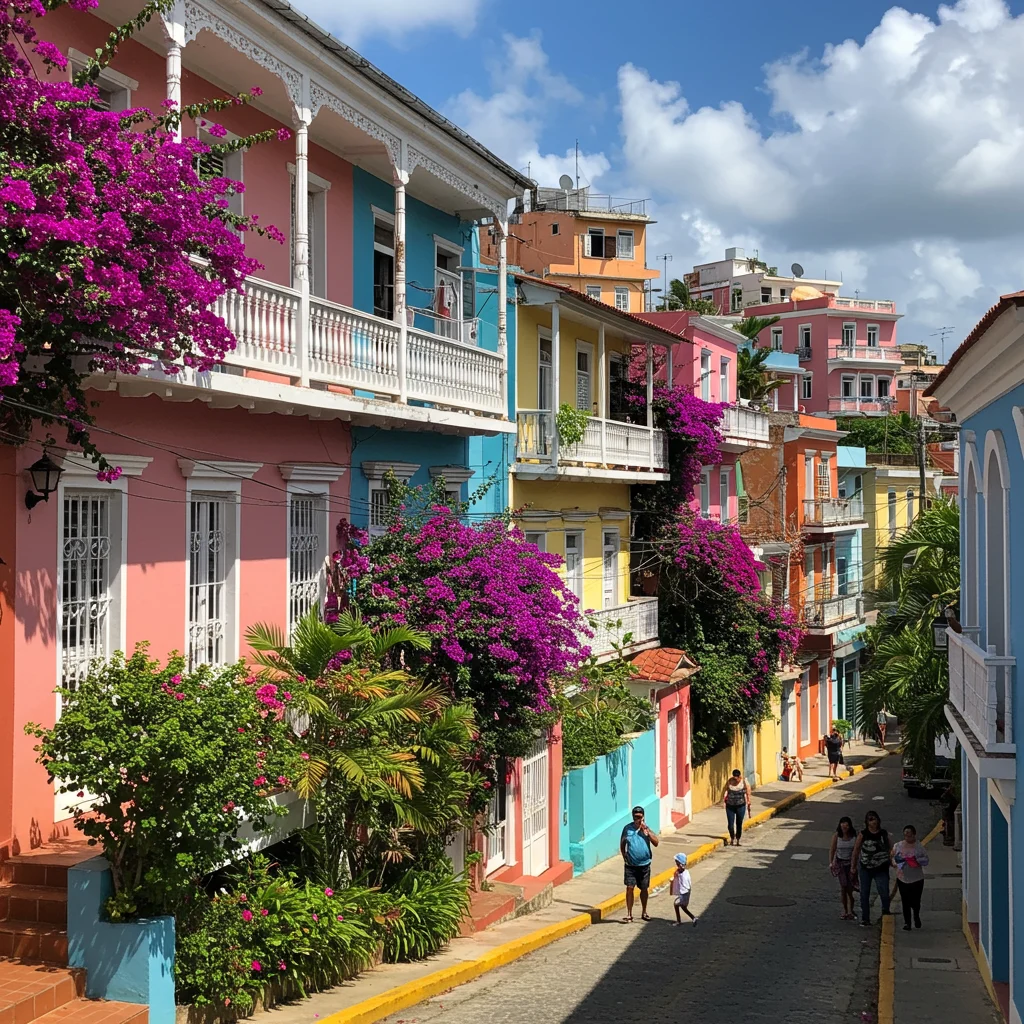
Traditional Puerto Rican Homes: What Are They Like?
Traditional homes are often raised on stilts or masonry piers, with wide eaves and open floor plans. Breezes flow through louvered windows, carrying the scent of tropical flowers and the distant hum of coquí frogs.
Casas Criollas: Vernacular Heritage
Casas criollas are the quintessential Puerto Rican houses, built with local wood and adorned with decorative fretwork. Their cheerful colors and inviting porches foster neighborly interaction and a sense of belonging.
Modern Homes and Urban Living
In cities, sleek apartments and condominiums offer modern amenities while often referencing traditional motifs. Open layouts, rooftop terraces, and sustainable features are increasingly popular.
Sustainable and Eco-Friendly Housing
Green design is gaining momentum as architects incorporate solar panels, rainwater harvesting, and native landscaping to reduce environmental impact and increase resilience.
Rural vs. Urban Home Designs
Rural homes tend to prioritize ventilation, shade, and integration with the landscape, while urban residences optimize space and security. Both reflect the ingenuity and adaptability of Puerto Rican design.
Public Spaces and Civic Buildings
Public architecture in Puerto Rico reflects a commitment to civic life and cultural expression. Plazas, city halls, and museums serve as gathering places and symbols of community pride.
Plazas: The Heart of Puerto Rican Towns
Every town features a central plaza, shaded by trees and ringed by historic buildings. The sound of laughter, music, and conversation fills the air, especially during festivals and markets.
City Halls and Government Buildings
Many city halls are architectural gems, featuring neoclassical columns, grand staircases, and stately facades. These buildings anchor civic life and embody the ideals of democracy and public service.
Libraries, Museums, and Cultural Centers
Puerto Rico’s libraries and cultural centers blend educational purpose with architectural beauty. Modern museums often incorporate open courtyards, natural light, and spaces for community engagement.
We highlighted several must-see civic spaces in our overview of places that define Puerto Rico’s spirit.
Architectural Features Unique to Puerto Rico
Certain architectural features are immediately recognizable as Puerto Rican. These details not only enhance beauty but also serve practical functions in the island’s climate.
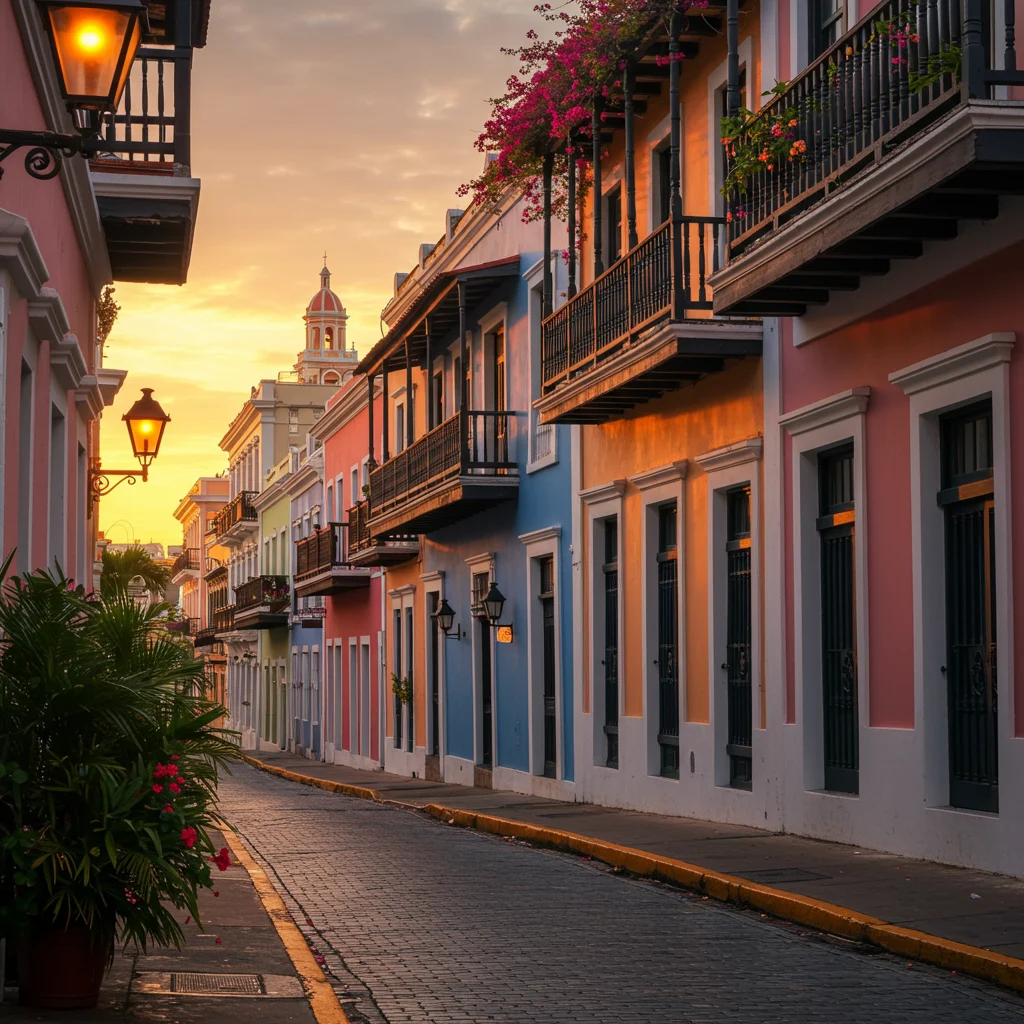
Color Palettes and Decorative Tiles
Bold color palettes enliven buildings across the island, while decorative ceramic tiles (azulejos) add texture and pattern to stairways, facades, and interiors.
Arches, Columns, and Courtyards
Graceful arches and columns frame doorways and porticoes, while central courtyards provide cool retreats filled with the rustle of palms and the trickle of fountains.
Wrought Iron Details and Wooden Shutters
Intricate wrought ironwork protects windows and balconies, while wooden shutters filter sunlight and provide privacy. These features are as functional as they are beautiful.
How Climate Shapes Puerto Rican Architecture
The tropical climate of Puerto Rico has shaped its architecture in fundamental ways. Builders have always sought to create comfortable, resilient spaces in the face of heat, humidity, and storms.
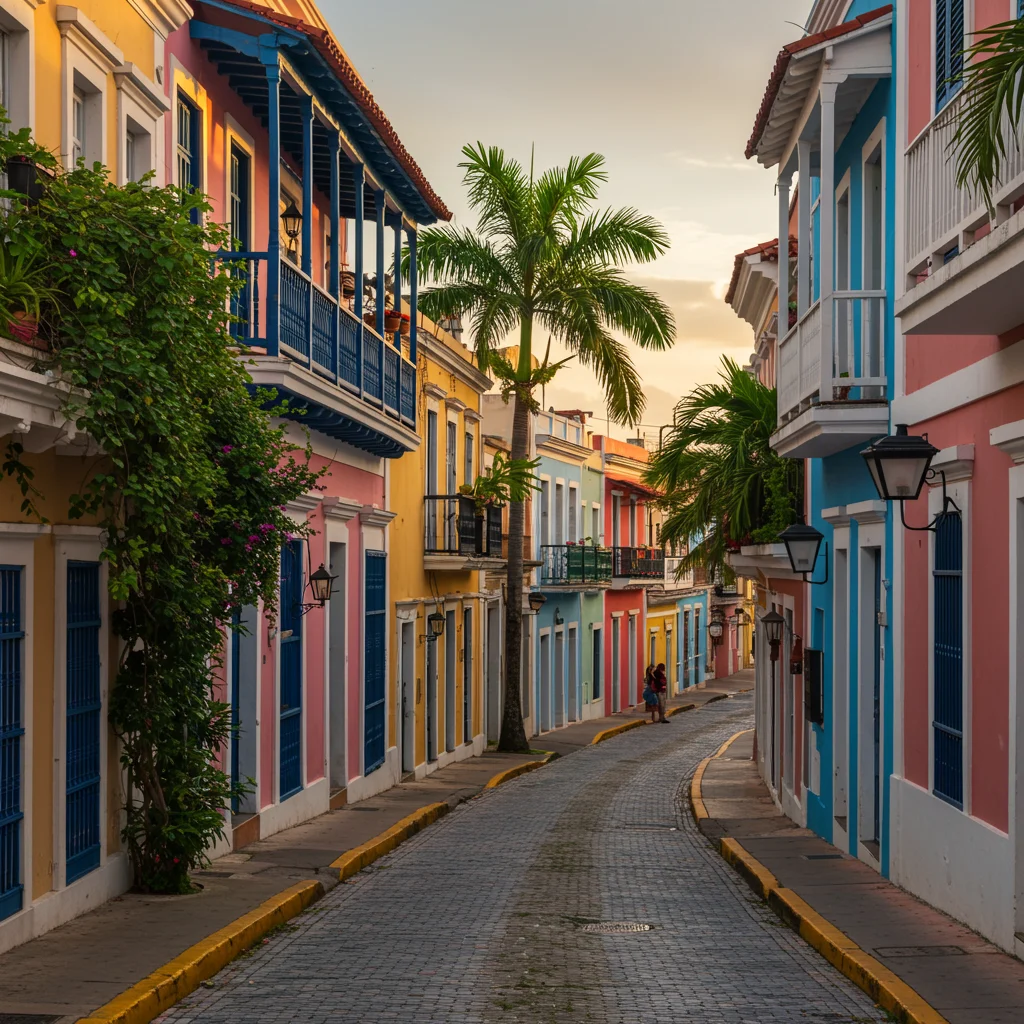
Adaptations for Tropical Weather
Wide eaves, high ceilings, and cross-ventilation are standard, while thick walls help maintain cool interiors. Many homes are oriented to capture prevailing breezes and avoid direct afternoon sun.
Ventilation, Shade, and Hurricane Resilience
Features such as louvered doors, deep porches, and reinforced roofs provide both comfort and protection. Buildings are designed to withstand hurricanes, with sturdy materials and compact forms.
Materials Used in Puerto Rican Architecture
The choice of building materials in Puerto Rico reflects both tradition and innovation. Each material contributes to the island’s distinctive architectural character.
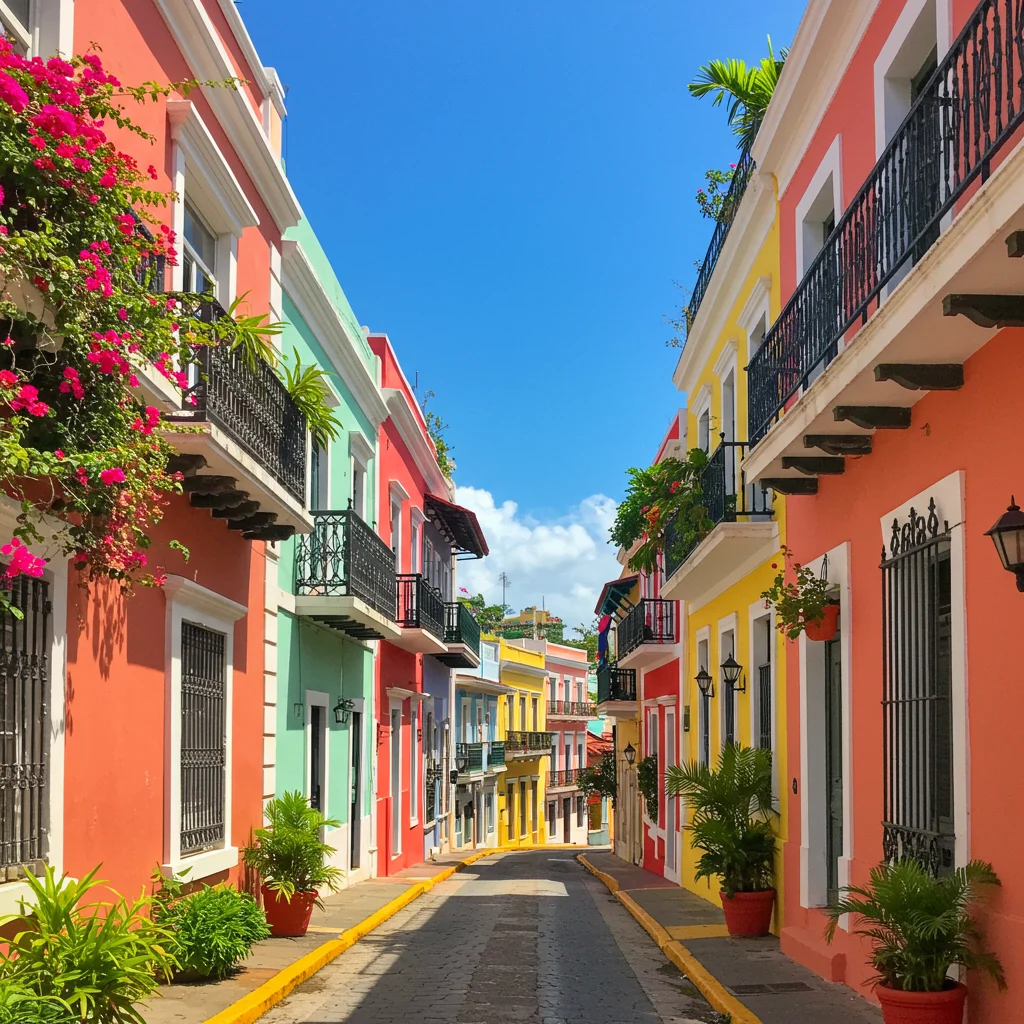
Local Stone, Brick, and Coral
Historic buildings often use local limestone, brick, and even coral blocks, which provide strength and a sense of permanence. The textures and colors of these materials evoke the island’s geology.
Wood, Stucco, and Modern Materials
Wood has long been favored for residential construction, while stucco provides a smooth, weather-resistant finish. Today, architects incorporate glass, steel, and concrete to achieve new forms and meet contemporary needs.
The Role of Art and Muralism in Architecture
Art and muralism are inseparable from Puerto Rican architecture. Public art transforms buildings into canvases, enriching neighborhoods and expressing collective identity.
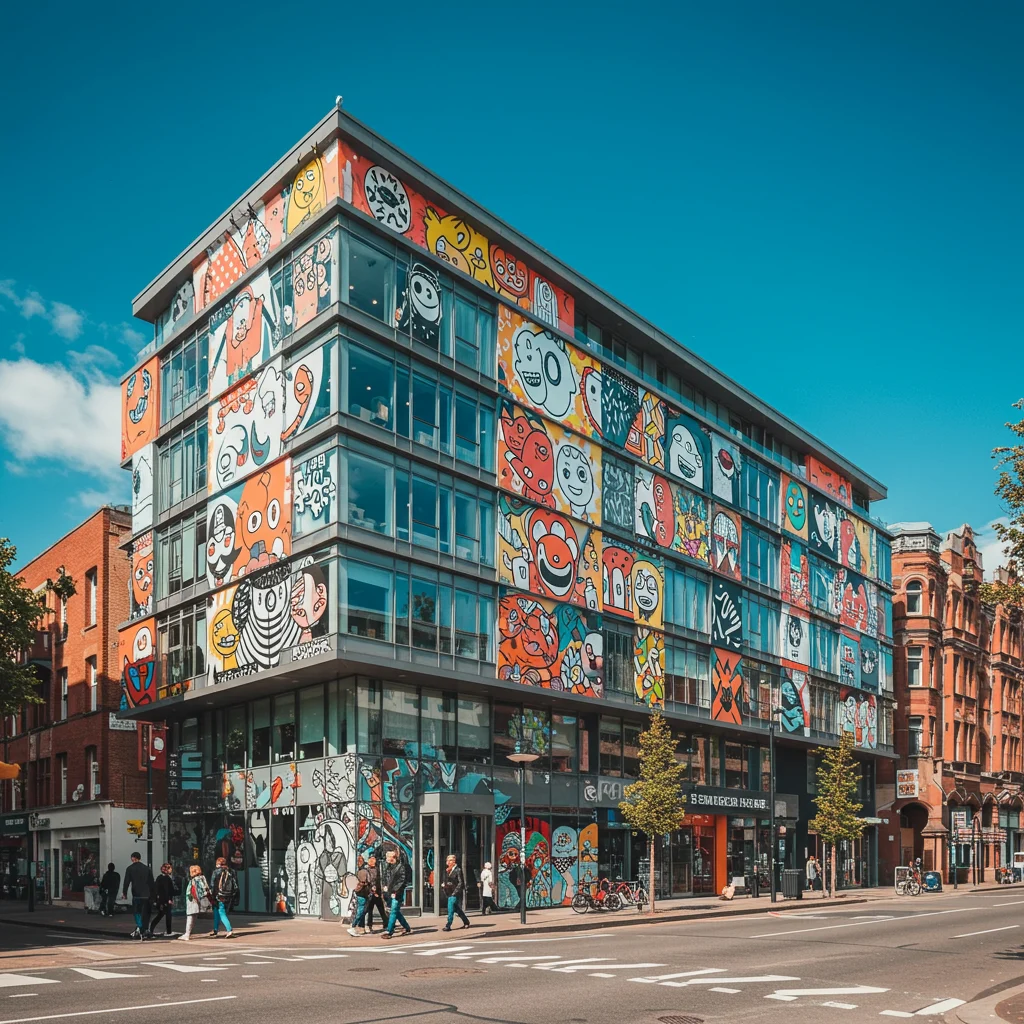
Murals and Street Art on Historic Buildings
Vivid murals adorn the walls of many urban districts, blending history, social commentary, and vibrant color. These works create a sense of place and engage both residents and visitors.
Sculptures and Decorative Elements
Sculptural details, from carved stone to metalwork, embellish facades and public squares. These elements celebrate local culture and invite contemplation.
As experts often say:
“Architecture is the will of an epoch translated into space.” – Ludwig Mies van der Rohe
Influential Puerto Rican Architects
Puerto Rico’s architectural legacy owes much to visionary designers who have shaped its cities and countryside. Their work continues to inspire new generations.
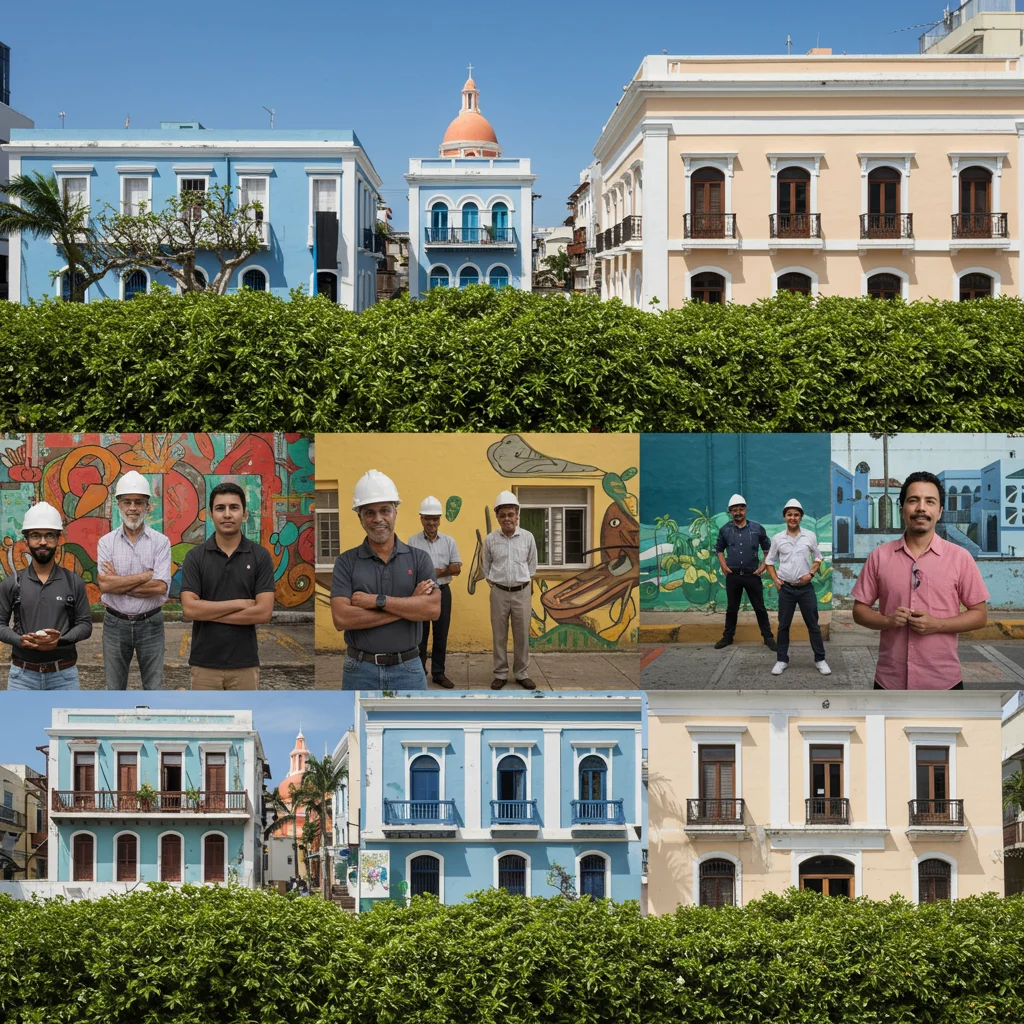
Rafael Carmoega and His Legacy
Rafael Carmoega, one of the island’s most celebrated architects, designed landmarks such as the University of Puerto Rico’s iconic tower. His synthesis of tradition and innovation remains influential.
Contemporary Visionaries in Puerto Rican Design
Today’s architects experiment with sustainable design, adaptive reuse, and community engagement. Their projects address both aesthetic and practical needs, ensuring that Puerto Rico’s built heritage remains dynamic and relevant.
To appreciate the cultural richness shaped by these visionaries, we recommend our post on hidden history and culture tours revealed.
Urban Planning and City Layouts in Puerto Rico
The layout of Puerto Rican cities reflects a blend of colonial planning principles and modern urban needs. This organization shapes how we experience and move through each space.
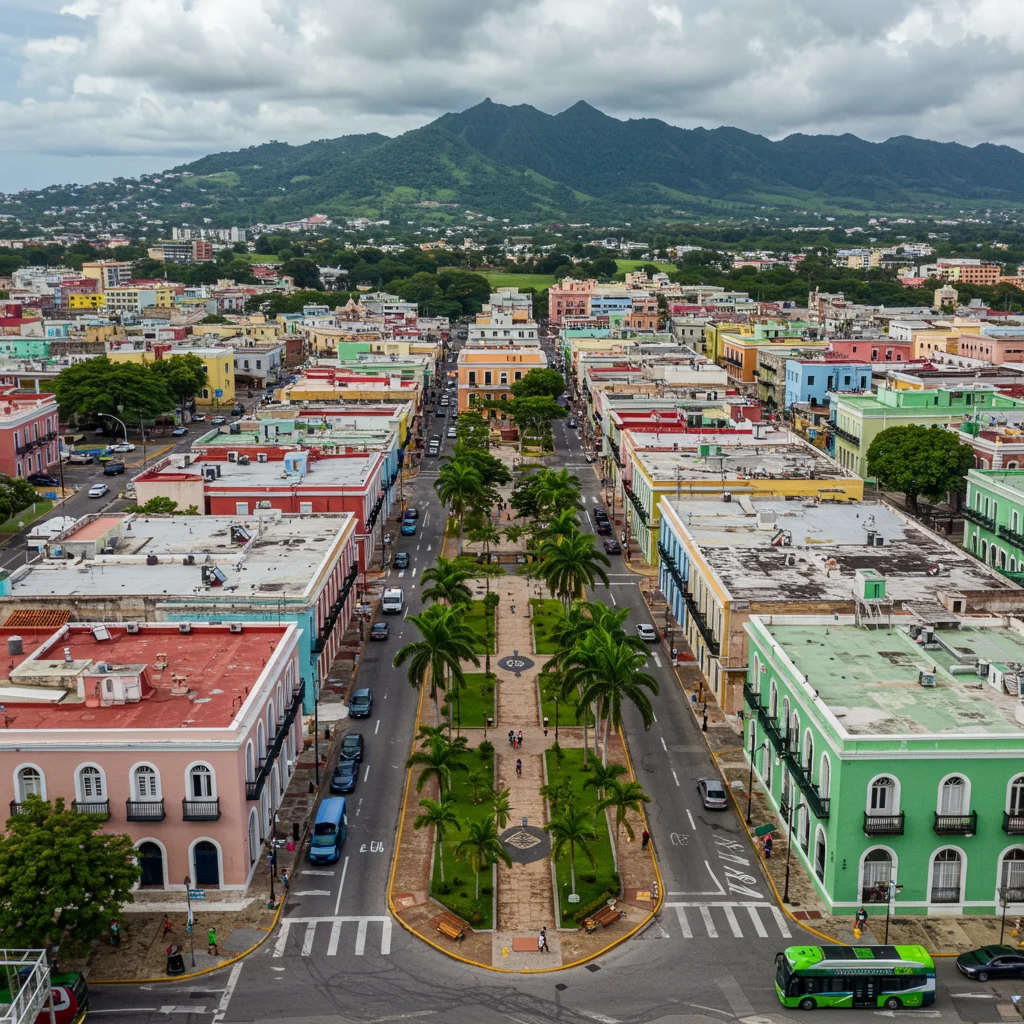
The Grid System of Old San Juan
Old San Juan’s grid layout, established in the 16th century, maximizes access to breezes and sunlight while facilitating defense. Narrow streets and small plazas encourage walking and social interaction.
Modern Urban Developments
Contemporary neighborhoods feature wider avenues, parks, and mixed-use developments. Urban planners strive to balance growth with sustainability and quality of life.
Architectural Preservation and Restoration Efforts
Preserving Puerto Rico’s architectural treasures is a complex and ongoing endeavor. Dedicated professionals and community groups work tirelessly to safeguard the island’s built heritage for future generations.
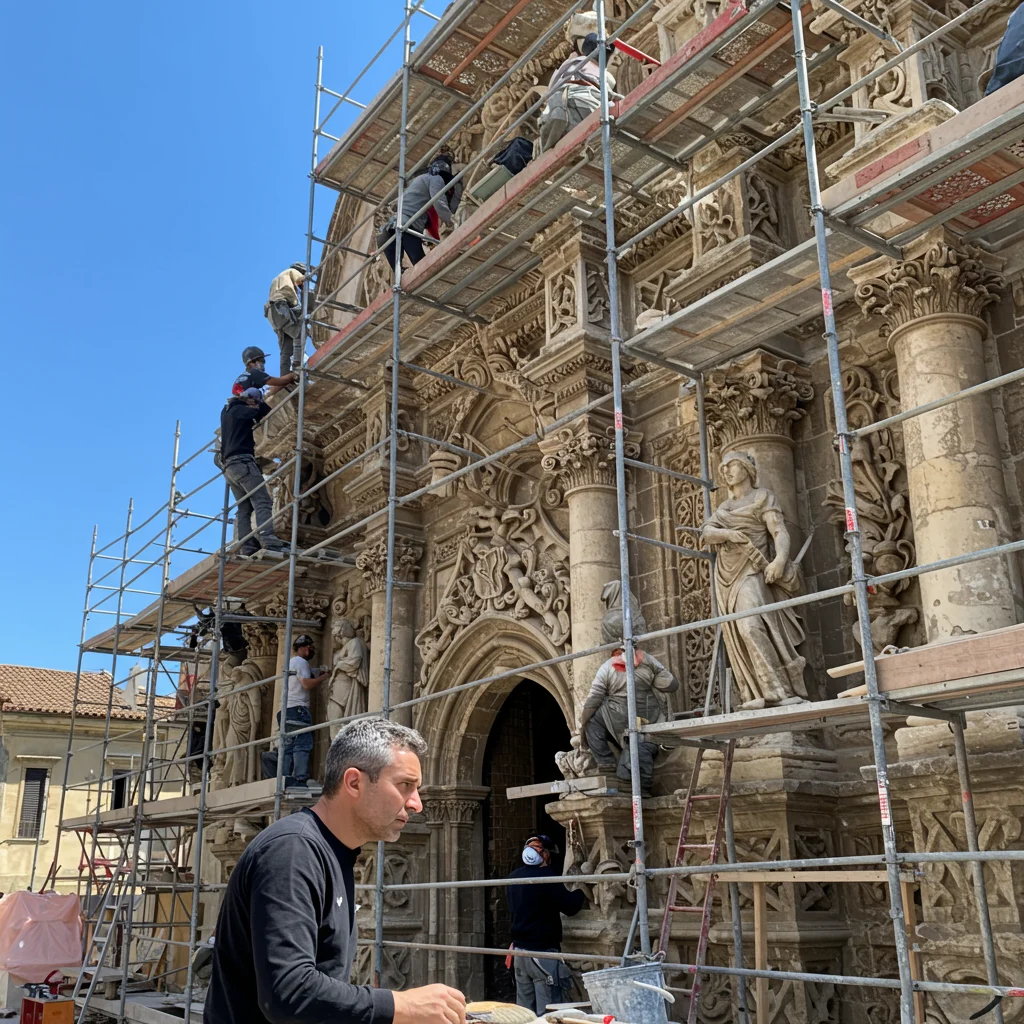
Challenges in Preserving Heritage Sites
Natural disasters, urban development, and limited funding pose significant challenges. Restoration requires specialized skills and a deep respect for historical authenticity.
Success Stories in Restoration
Despite these obstacles, many buildings have been beautifully restored, serving as models for conservation and adaptive reuse. These successes demonstrate the value of collaboration and community involvement.
For more on the cultural layers preserved in these efforts, our readers may enjoy our coverage of hidden history and culture tours.
Puerto Rico’s Architecture in Film and Popular Culture
Puerto Rico’s distinctive architecture has provided the backdrop for countless films, music videos, and artistic projects. Its unique aesthetic captures the imagination of creators and audiences worldwide.

Famous Movie Locations
Old San Juan’s forts and streets have appeared in major productions, from Hollywood blockbusters to local dramas. The visual impact of these settings is unforgettable.
Architectural Backdrops in Music Videos
Musicians frequently choose Puerto Rico’s colorful neighborhoods and historic sites for their videos, celebrating the island’s energy and style.
Architectural Tours and Experiences for Visitors
Exploring Puerto Rico’s architecture can be a highlight of any visit. Whether we join a guided tour or wander on our own, there is always something new to admire.
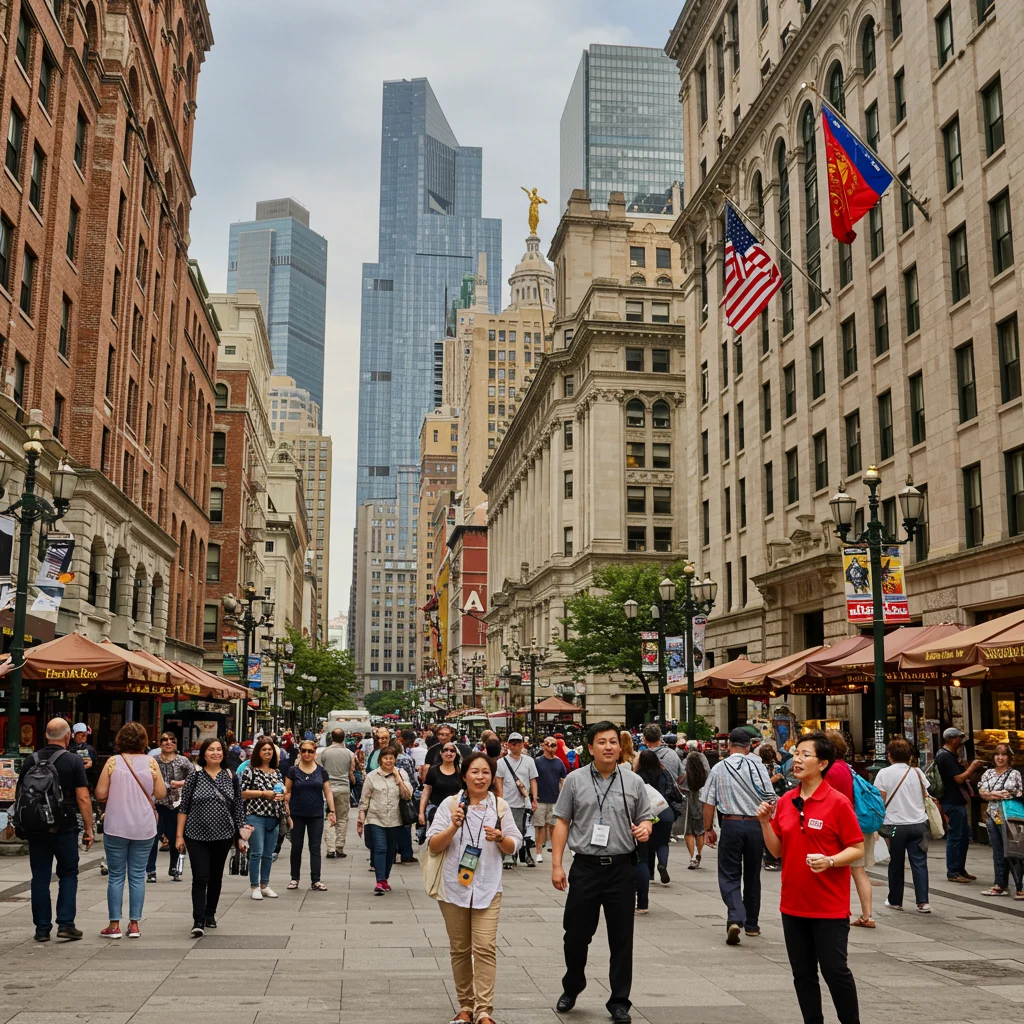
Best Guided Tours in San Juan
Expert-led tours provide deep insight into the history, design, and stories behind the island’s most significant buildings. Guides share anecdotes that bring the architecture to life.
Self-Guided Walking Routes
For independent explorers, self-guided walking routes allow for leisurely discovery at your own pace. Maps and apps highlight noteworthy sites and hidden gems along the way.
Tips for Photographing Puerto Rican Architecture
Capturing the beauty of Puerto Rico’s architecture through photography is a rewarding pursuit. With careful planning and respect, we can create images that honor the island’s heritage.
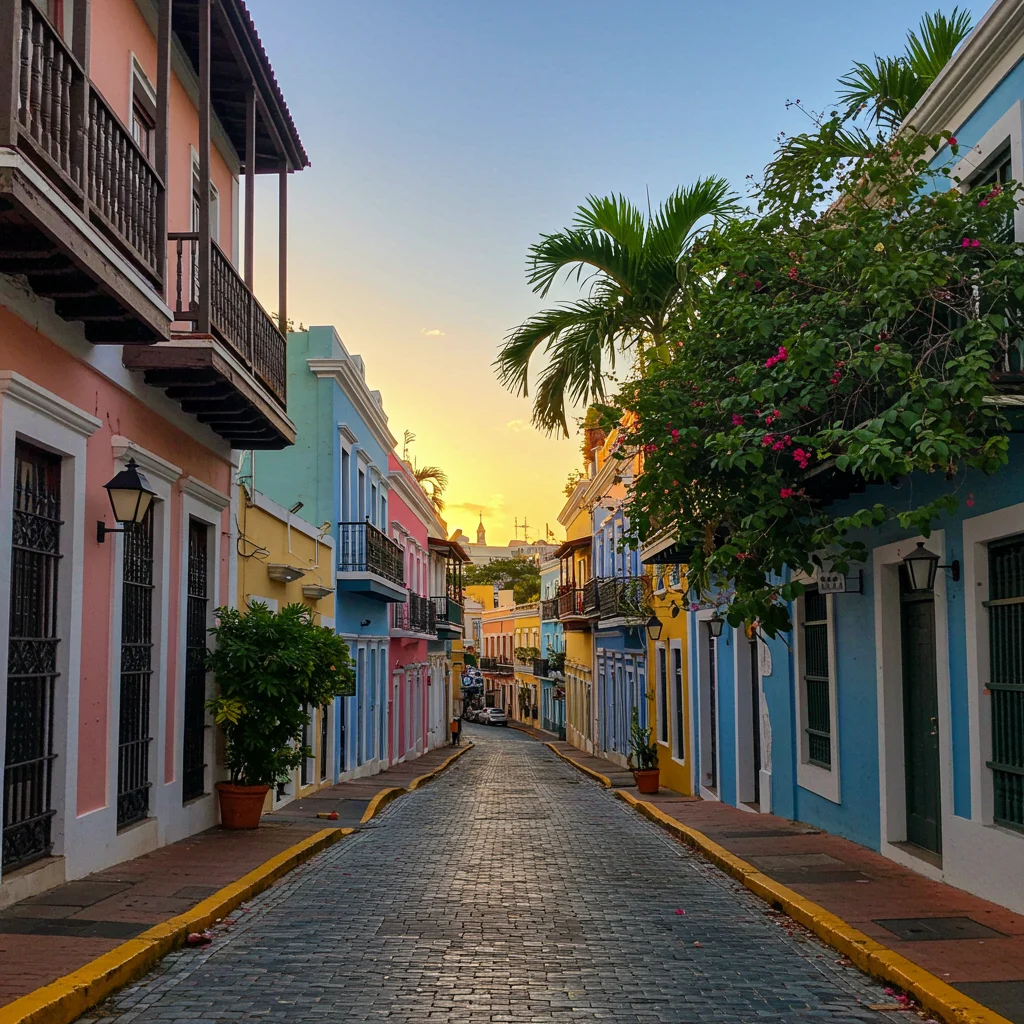
Best Times and Locations for Photos
Early morning and late afternoon offer the best light, casting warm glows and dramatic shadows across facades. Popular spots include the forts, plazas, and Old San Juan’s vibrant streets.
Photography Etiquette and Respect for Heritage
We recommend always asking permission before photographing private homes or people. Avoid climbing on or touching fragile structures, and remember that these sites are part of a living community.
How to Support Puerto Rican Architectural Heritage
Supporting the preservation of Puerto Rico’s architectural legacy is a meaningful way to contribute to the island’s future. Every effort, large or small, helps protect these treasures.
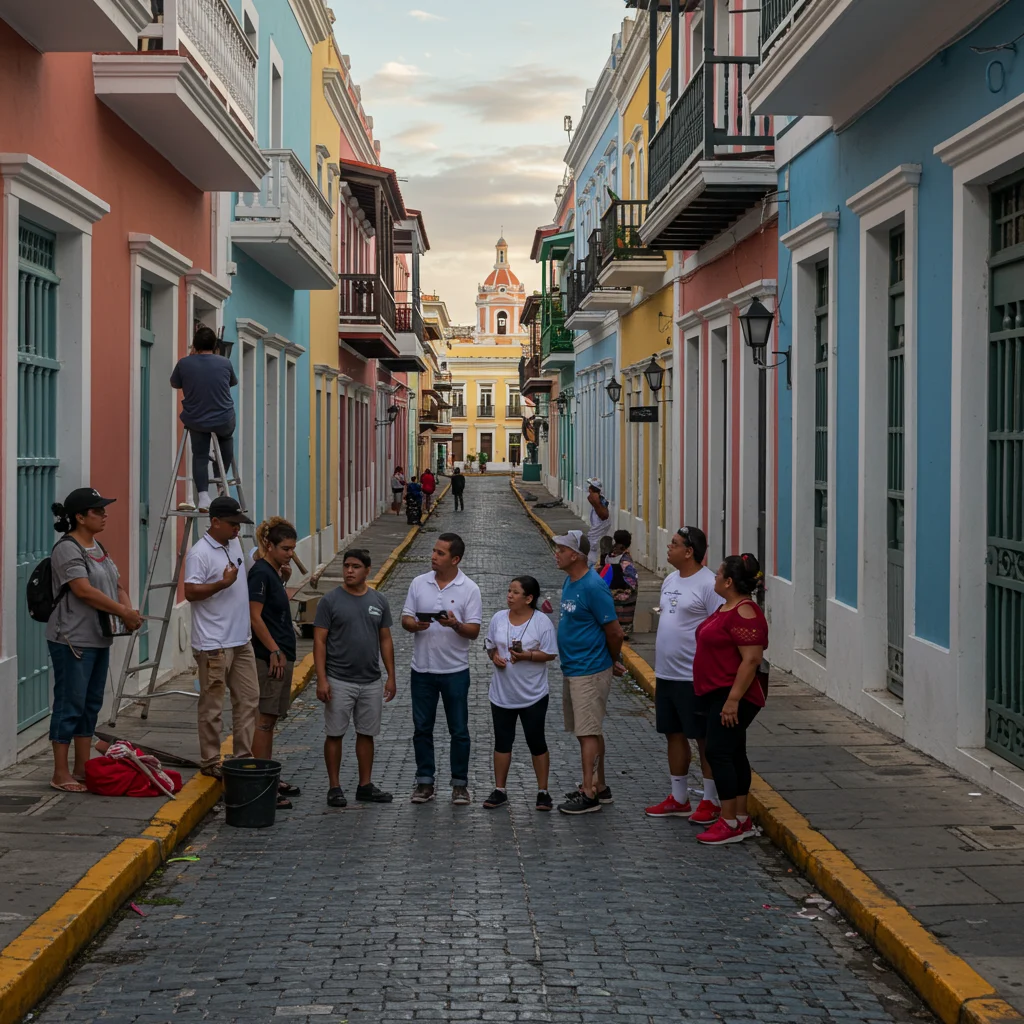
Local Organizations and Preservation Groups
Numerous groups work to restore and maintain heritage sites. Donating, volunteering, or participating in educational programs are excellent ways to get involved.
Volunteering and Responsible Tourism
Responsible tourism includes respecting heritage sites, supporting local artisans, and choosing tours that prioritize conservation. Volunteering with restoration projects can also make a lasting impact.
Frequently Asked Questions About Puerto Rico Architecture
We often receive queries from travelers and enthusiasts eager to learn more about Puerto Rico’s architectural wonders. Here are some of the most common questions.

What Are the Most Famous Architectural Landmarks?
Some of the most celebrated landmarks include El Morro, San Cristóbal, San Juan Cathedral, La Fortaleza, and the colorful streets of Old San Juan. Each offers a distinct perspective on the island’s history and culture.
How Can Visitors Experience Local Architecture?
We suggest joining guided tours, visiting museums, and taking time to admire the details of residential neighborhoods. Engaging with local guides and residents can enrich your understanding and appreciation.
Conclusion: Celebrating the Magic of Puerto Rico’s Built Heritage
The story of Puerto Rico’s architecture is one of resilience, artistry, and community. From ancient Taíno villages to modern urban skylines, each structure contributes to the island’s unique identity and enduring charm. By exploring, supporting, and cherishing these treasures, we honor the generations who built them and inspire future innovation.
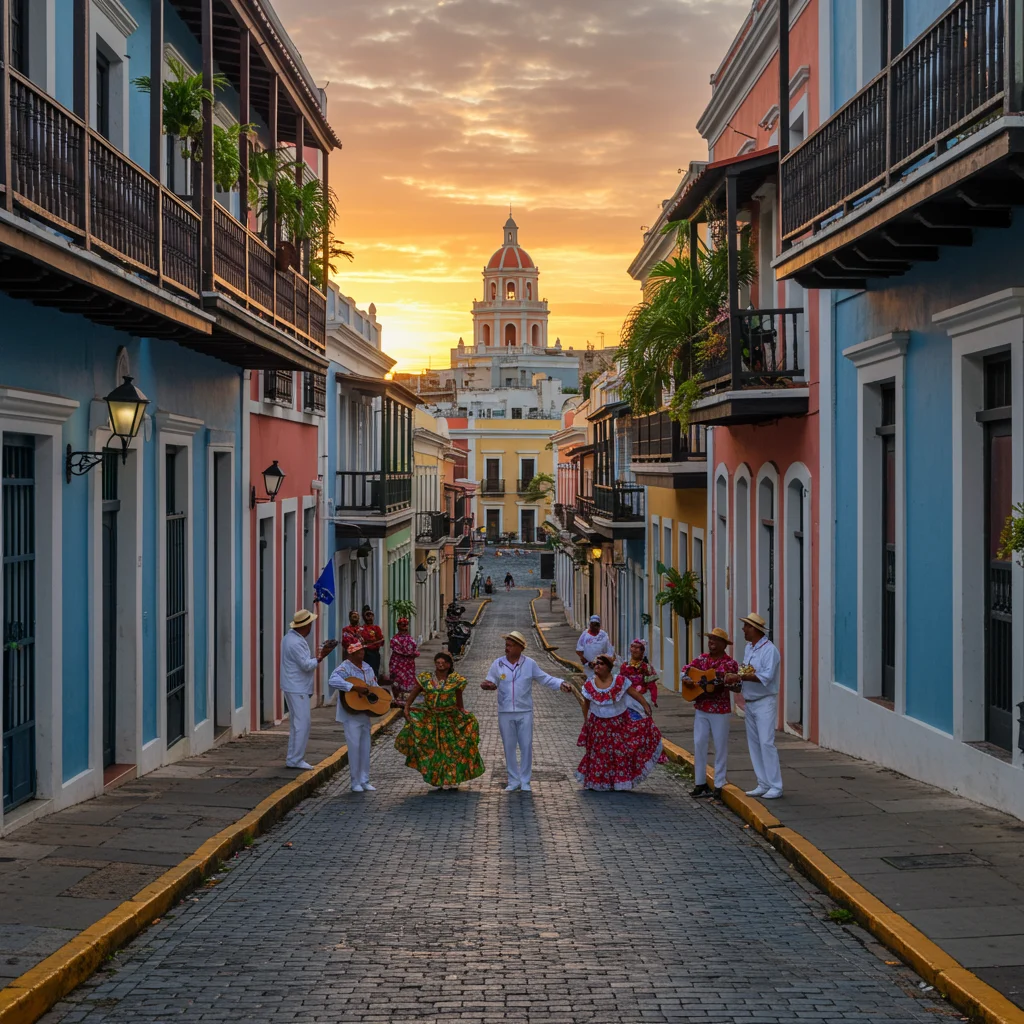
For those eager to experience this magic firsthand, we invite you to learn more and plan your journey with Puerto Rico Tour. Let the island’s architectural wonders leave a lasting impression on your heart and memory.

















